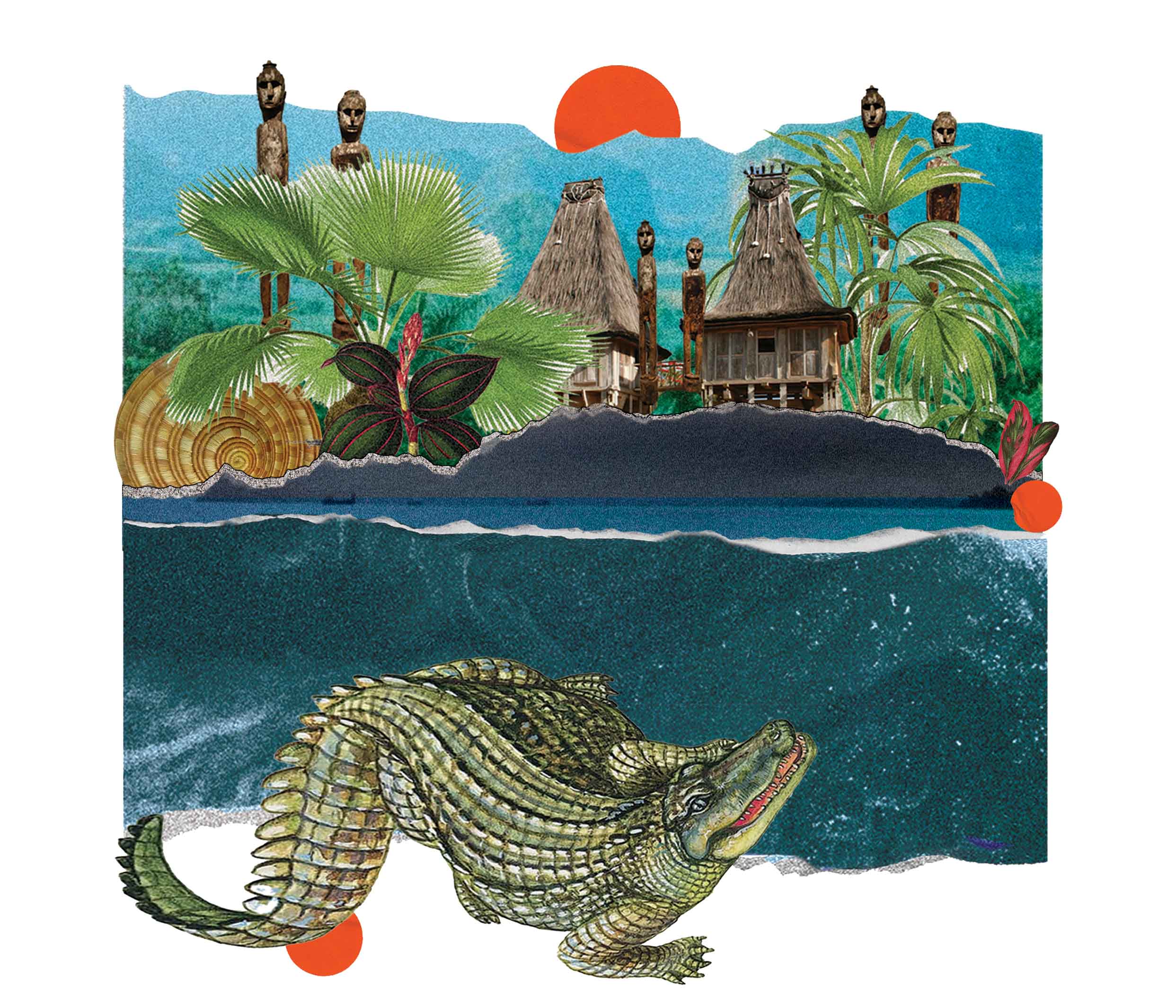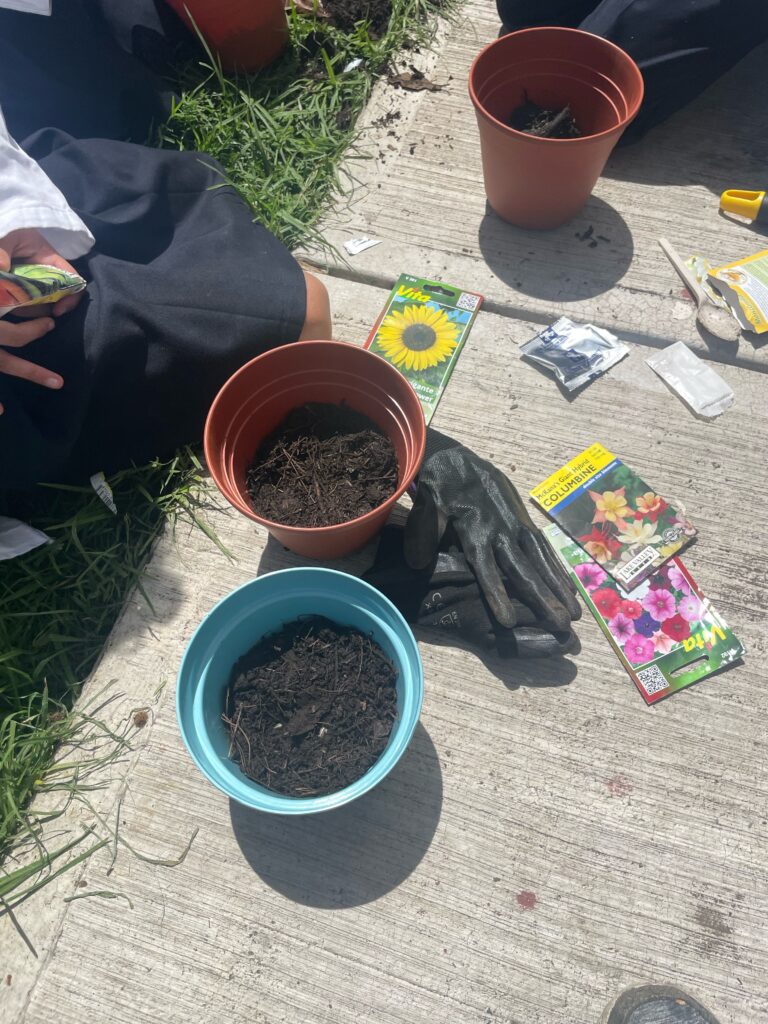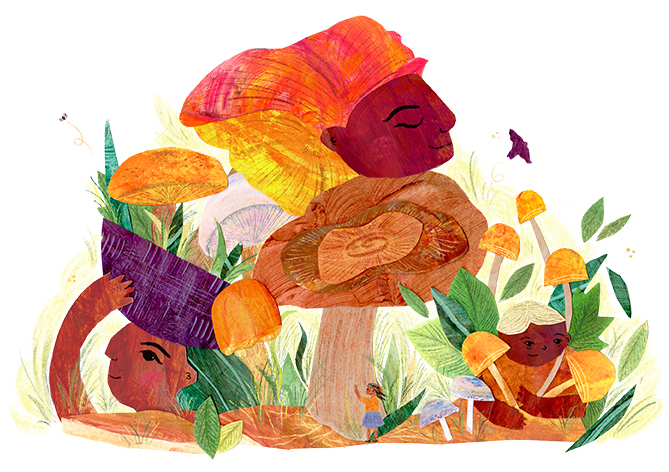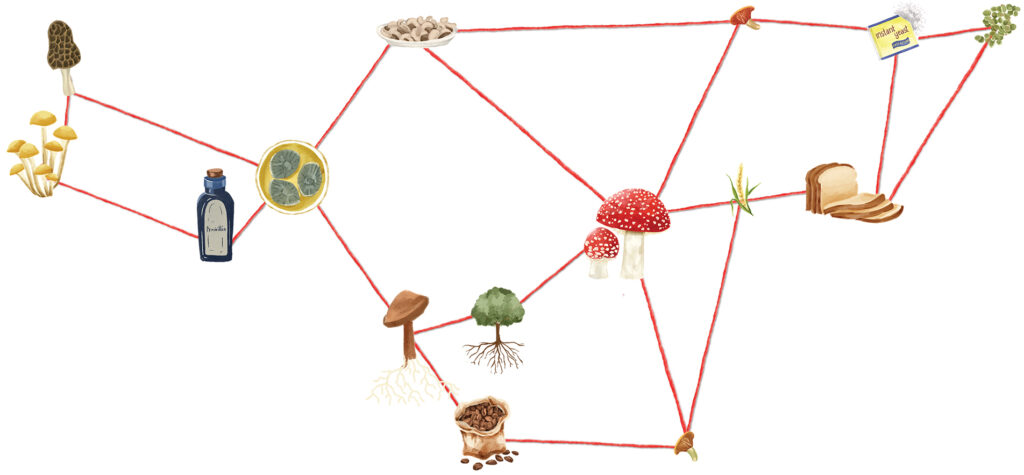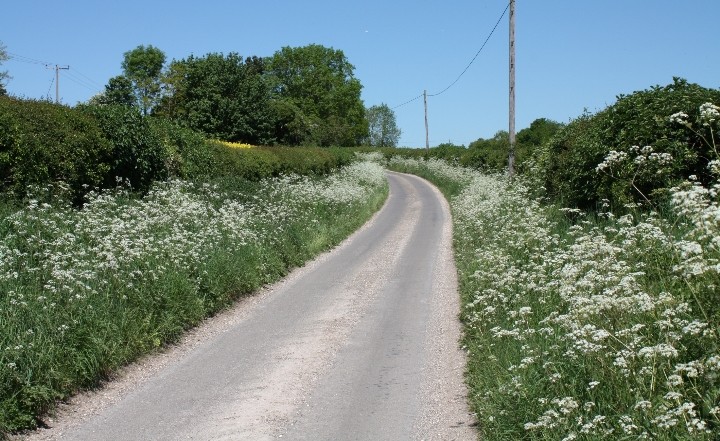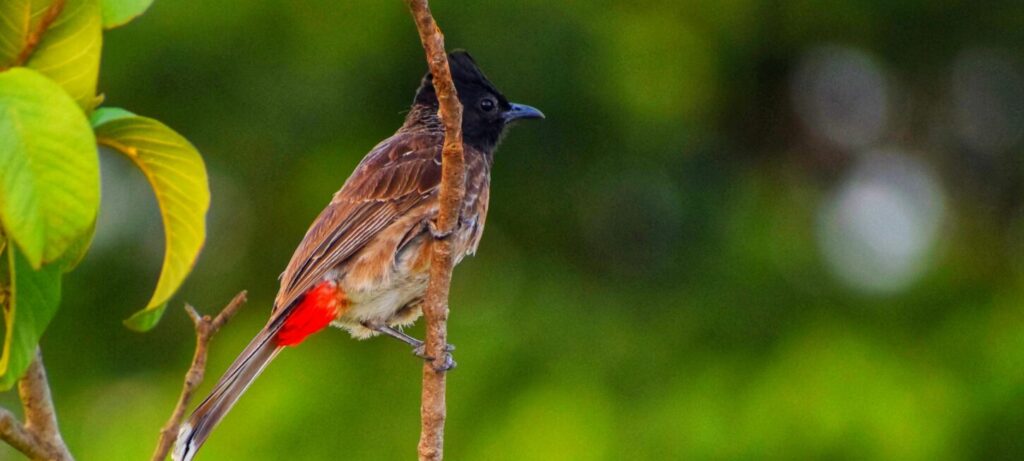The Timorese creation myth is about a boy who found a young crocodile stranded on the coast in a far away place. The boy helped the weak crocodile and carried him back to the sea. The grateful crocodile promised the boy to help him and a few years later, the boy called the crocodile, by now fully grown, to travel the world on its back. After travelling the oceans for years, the crocodile told the boy that it soon had to die. “I will turn my body into a beautiful island for you and your descendants,” said the crocodile, and after it died, its body grew and today the ridged back of the crocodile forms the island of Timor.
Timor-Leste’s creation myth ‘Lafaek Diak’ (The Good Crocodile) is still omnipresent in the small Southeast Asian country, located approximately 500 km north of Australia and sharing the island Timor with its Indonesian counterpart West Timor, where similar spiritual attitudes towards crocodiles exist. The Timorese call their crocodiles ‘Avo Lafaek’ or Grandfather Crocodile.
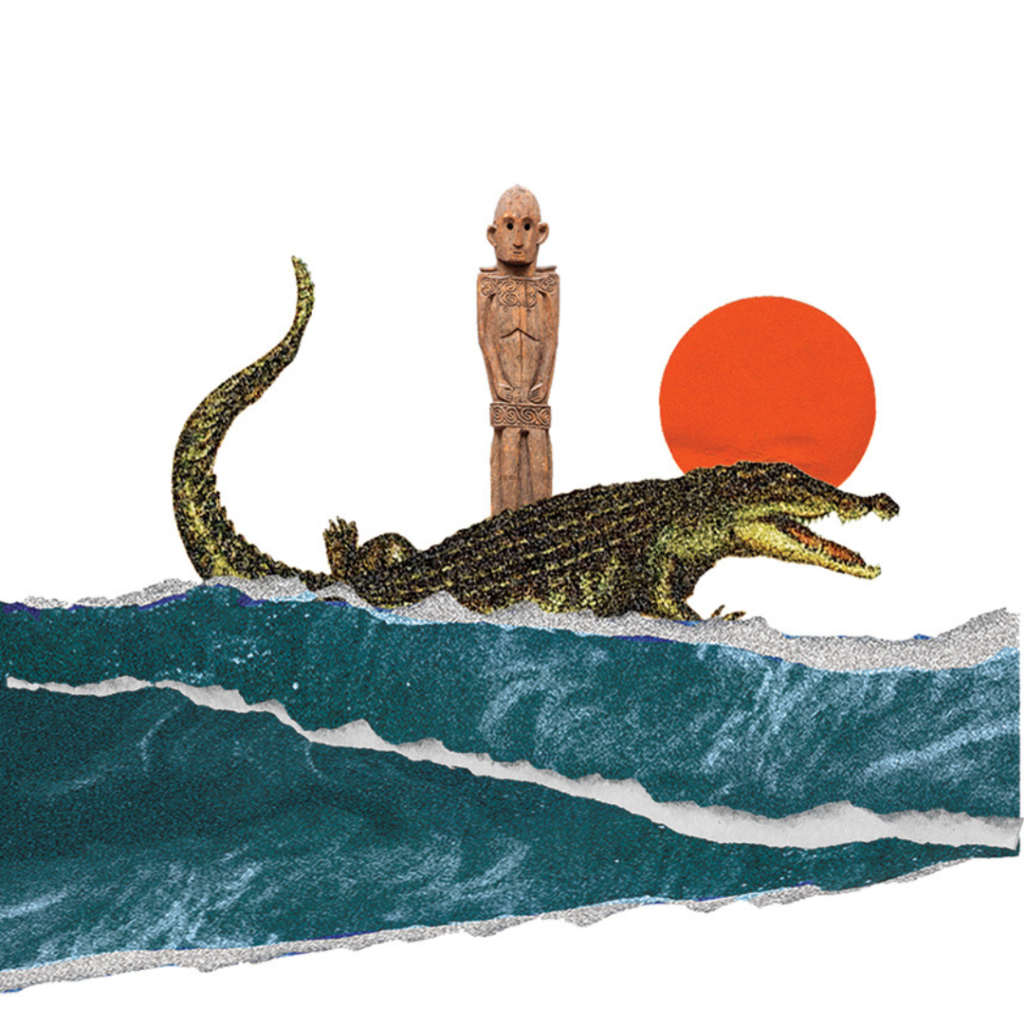
The crocodile species that inhabits the island is the saltwater crocodile (Crocodylus porosus)—the largest and, together with the Nile crocodile, most dangerous of the world´s crocodilian species. Crocodiles were hunted for their skin during the times of Portuguese colonisation and Indonesian occupation. The colonial times not only had an impact on the country’s saltwater crocodile population, but also on the spiritual life of the Timorese. Today, most Timorese are Catholics, after nearly 400 years of Portuguese colonisation and missionary work. So, how could these animistic beliefs survive and what does it mean for the coexistence of humans and crocodiles in the country?
The person most able to answer the first question is Josh Trindade, Timor Leste’s only anthropologist, who studied the local traditions and cultural beliefs in the country for more than two decades. “The Timorese belief system is called lulik. Lulik can be translated as ‘forbidden’, ‘holy’ or ‘sacred’ and refers to the spiritual cosmos that contains the divine creator, the spirits of the ancestors, and the spiritual root of life, including sacred rules and regulations that dictate relationships between people and people and nature,” Josh explains.“The lulik cosmos is not exclusive but rather adaptive — new values can be integrated.” So, the Timorese simply integrated Catholicism into their lulik cosmology, without relinquishing their traditional, more animistic beliefs. Today, ceremonies for the grandfather crocodile can be conducted on a Saturday with the same people attending a Catholic liturgy the very next day.
To answer the second question, I have to dive deeper into the sphere of human-crocodile interactions among the coastal local communities. Together with Mr. Flaminio Xavier, the Head of the Timorese Crocodile Task Force, I travel to the districts in the east and south of the country where most crocodiles reside and where cultural beliefs are most pronounced. I learn about traditional elders who can communicate with local crocodiles. The ‘Nain Lafaek’ or the one who owns the crocodile, conducts ceremonies to enable safe travel for local fishermen. “When he calls, his local crocodile swims to him. Grandfather crocodiles hide when foreigners appear, so they could not be hunted during the times of occupation,” I am told. Ceremonies and rituals to worship and soothe the grandfather crocodile are held in traditional houses, the so-called Uma Lulik. During floods, the grandfather crocodiles protect the Uma Lulik, a local fisherman tells me. If a crocodile gets hurt, the whole village can be punished, for example by an earthquake.

The Timorese attitudes towards crocodiles, at least among many local communities, are characterised by respect, fear and tolerance. Killing a local grandfather crocodile is rarely permitted, even if the crocodile has attacked a human. Victims of crocodile attacks are often believed to have been punished for criminal acts against nature—the grandfather crocodile is seen in the light of a divine judge that cannot fail. Thus, crocodile attacks on humans are often tolerated as a circumstance of life. Assigning such a strong cultural, sacred status to crocodiles is perhaps the strongest protection measure for the species in Timor-Leste. Nevertheless, the belief system lulik is also used to prevent crocodile attacks, for example by declaring a local lagoon taboo for fishing. In summary, the lulik belief system dictates the human-crocodile interactions in Timor-Leste and enables the coexistence of crocodiles and local people.
In the past, during times of colonisation and occupation, crocodile numbers were low due to hunting pressure by the foreign powers. Local community members had special relationships with territorial crocodiles in local lagoons, rivers and lakes. The relationship was probably manifested by feeding these crocodiles. Local community members and local crocodiles could coexist in the same habitat without major negative interactions unacceptable to community members.
However, this coexistence has been interrupted since 2007 by an uptick in the number of crocodile attacks on humans, reaching a level unacceptable even to the local people that worship the species. Since TimorLeste became independent in 2002 and crocodiles came under protection, the crocodile population has been increasing and so is the number of attacks on humans.But local communities do not blame the grandfather crocodile for the escalating human-crocodile conflict in Timor-Leste. They say that troublemaker crocodiles are the reason for attacks on humans and the “stealing” of livestock. A traditional elder says that these troublemaker crocodiles are migrants from elsewhere, sent to steal and create turmoil.
Human-crocodile interactions have shifted from coexistence to conflict in many coastal communities in Timor Leste, and new strategies are needed to bring the system back into balance. “Why don’t we catch the troublemaker crocodiles and put them into an enclosure? We can teach our people and foreigners about crocodiles there,” a village headman suggests. Perhaps not a bad idea. For sure, crocodile tourism could be one option in the country that was created by a crocodile.
